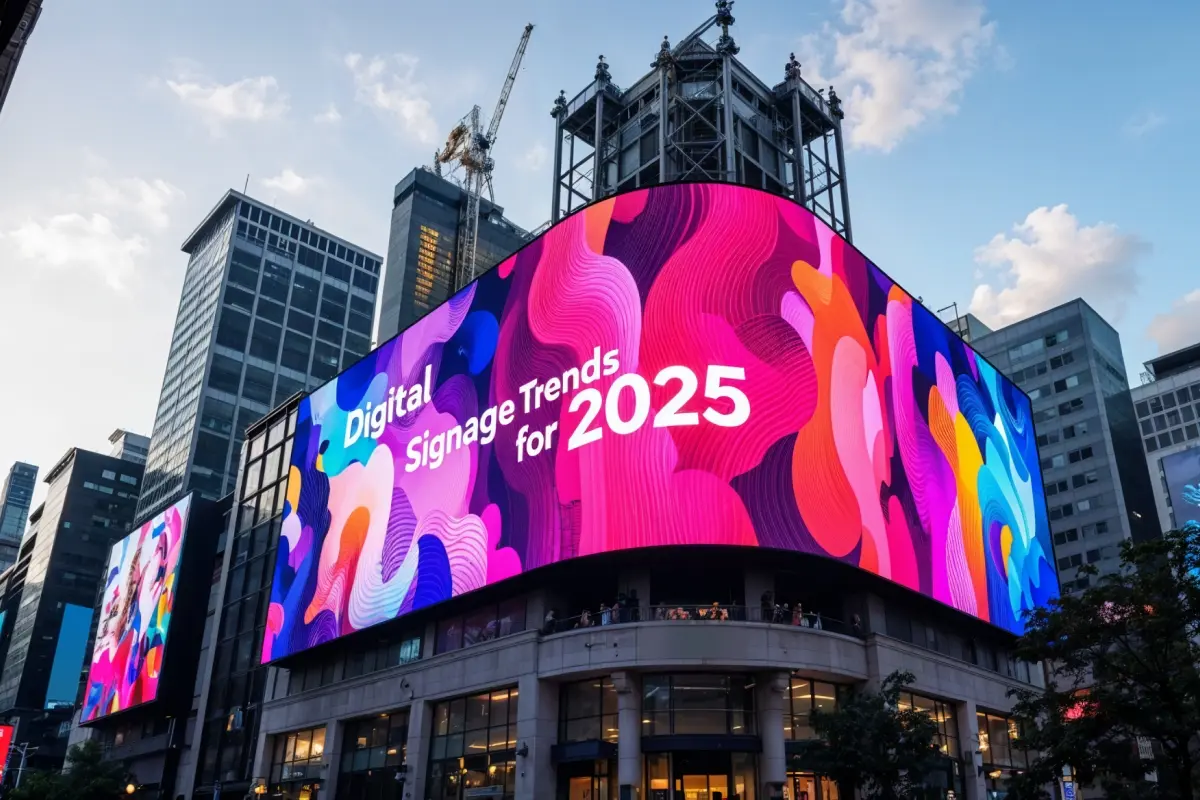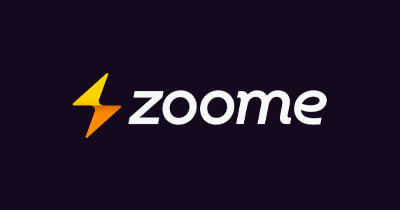Walk down any busy street today and you’ll see a collision of eras in signage. Neon relics from the mid-20th century sit a few doors down from sleek LED-lit displays. Hand-painted storefronts share the block with massive illuminated channel letters. The variety is fascinating, but it also points to an industry that’s in constant evolution.
That evolution is speeding up. Advances in materials, lighting, and fabrication are allowing for more creativity than ever before. At the same time, customer expectations for quality, clarity, and accessibility are rising. The question isn’t whether signs will change—it’s how fast, and in which direction.
The Rise of Purposeful Design
Sign design has always been about communication, but the definition of “effective communication” is shifting. It’s not enough for a sign to display a name—it needs to embody a brand’s personality, stand out in its environment, and still be functional in different lighting and weather conditions.
For businesses that work with a professional sign company, this means moving beyond templates and exploring custom concepts. That might involve experimenting with mixed materials, integrating art into functional signs, or pairing traditional craftsmanship with modern technology.
ADA Compliance as a Standard, Not an Option
One notable shift is how ADA signs are being incorporated from the very beginning of a project, rather than as an afterthought. Designers are realizing that accessibility isn’t just about meeting regulations—it’s about creating spaces where everyone can navigate with ease and dignity.
This means considering factors like tactile lettering, braille placement, and contrast ratios during the early design phase. The result is signage that blends compliance with brand identity, rather than treating them as separate priorities.
Sustainability in Materials
As businesses face growing pressure to demonstrate environmental responsibility, signage is becoming part of that conversation. Materials like recycled aluminum, eco-friendly plastics, and sustainably sourced wood are making their way into projects.
These choices don’t just reduce environmental impact—they also add unique textures and finishes that stand out visually. A sign install that features reclaimed wood or low-energy LED lighting sends a clear message about a company’s values before a customer even steps inside.
The Digital Layer
Digital signage is no longer confined to billboards in Times Square. Advances in LED and LCD technology are making high-resolution displays accessible to smaller businesses. These signs can change content instantly, allowing companies to adapt messaging to time of day, season, or special events.
Even for static signs, technology plays a role. 3D modeling lets designers see exactly how a sign will look in its intended space, factoring in real-world lighting and sightlines before production even begins.
Installation as a Craft
With these new materials and technologies comes a new level of complexity in sign install. Installers must not only ensure structural stability but also handle sensitive electronics, precision lighting elements, and multi-component assemblies.
It’s a craft that blends engineering and artistry. Perfect alignment matters just as much as secure anchoring. Small errors—like a tilted letter or uneven spacing—can undermine the entire impression of quality, no matter how beautiful the design.
Experience Over Exposure
As visual clutter increases in urban and suburban environments, there’s a shift toward designing signs that create an experience rather than simply shouting for attention. This might mean integrating signs with architectural features, creating interactive displays, or using lighting in unexpected ways.
The best signs invite curiosity. They encourage people to slow down, look closer, and connect with the space on a deeper level.
Collaboration as the New Standard
Bringing a sign to life today often involves close collaboration between multiple experts—designers, fabricators, electricians, and installers. Companies like DesignElement Raleigh work within this collaborative model, ensuring that each stage of the process is aligned with both creative vision and functional requirements.
This teamwork results in signage that doesn’t just look good on opening day but continues to serve its purpose for years.
Looking Ahead
The next decade of signage will likely blur the lines between static and dynamic, functional and artistic. We’ll see more integration of sustainable materials, more thoughtful inclusion of ADA features, and more creative uses of technology in both design and installation.
What won’t change is the core truth that a sign is often the first and most lasting impression a business makes. Whether it’s a sleek digital display or a timeless carved panel, the success of that impression depends on the marriage of thoughtful design and skilled installation.
In a world where attention is the most valuable currency, signs remain one of the most effective—and visible—investments a business can make.


/socialsamosa/media/media_files/2zHb3sGz3BcGQQrVtOoh.png)







